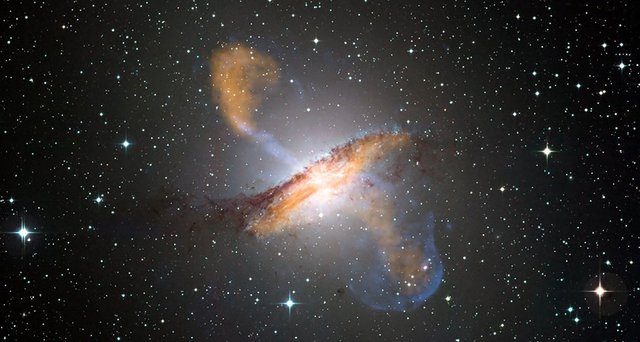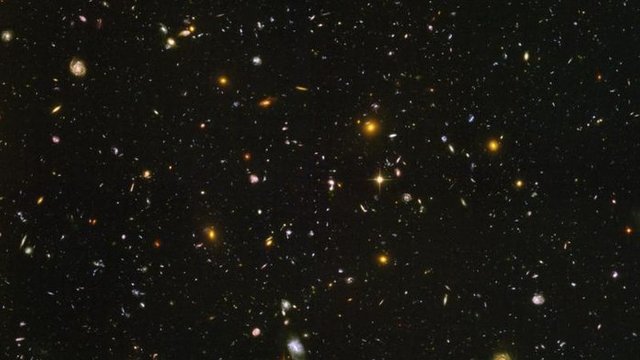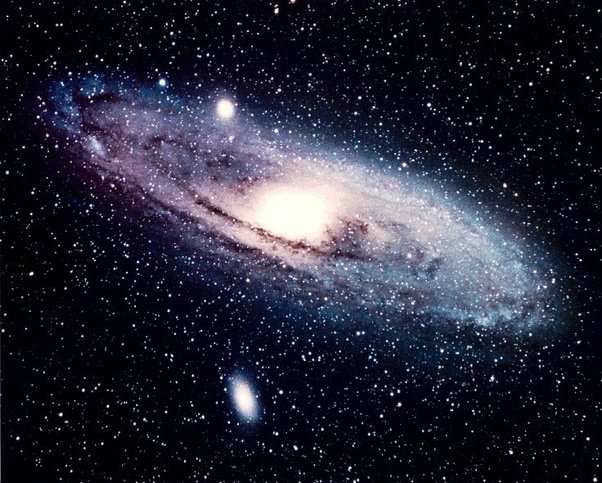The way dwarf galaxies move puts a new spin on galaxy formation.

Small galaxies ar enjoying a game of ring round the rosie. Dwarf galaxies are caught following one another round the distant galaxy constellation A during a coordinated loop, instead of zipping around at random as theory predicts they ought to.
The discovery might spell bother for traditional theories of cosmology, together with the role of enigmatic matter in galaxy formation, astronomers say within the February. 2 Science.
These observations recommend “we ar missing one thing, some necessary piece” in understanding matter and the way galaxies type, says author Joseph Oliver Müller, associate degree stargazer at the University of Basle in Schweiz.
Simulations of however large-scale cosmic structures type recommend that galaxies ar connected by an enormous network of matter, the evasive substance that creates up most of the universe’s matter however interacts with regular matter solely via gravity (SN Online: 10/11/17). the biggest galaxies grow wherever threads of matter cross, in keeping with those simulations.

Smaller, dwarf galaxies travel toward the intersections on long matter filaments, like cars on roads leading into a town. within the simulations, these matter thoroughfares connect major galactic hubs from all directions, thus little galaxies ought to nothing round the central galaxy randomly.
But they don’t — a minimum of not in keeping with what’s been ascertained within the native universe. Studies show that each the Milky Way and also the close Andromeda galaxy host satellites that orbit within the same plane and also the same direction, just like however the planets within the system orbit the sun.
“The Milky Way and Andromeda ar sensible systems to point out that there's one thing weird occurring,” Müller says. Scientists had puzzled if the impact was restricted to those 2 galaxies, that ar each within the same galactic family referred to as the native cluster.

Centaurus A, placed concerning twelve million light-years from Earth, is currently the primary galaxy system ascertained outside the native cluster whose satellites move during a equally coordinated dance. “Our work currently shows that different teams have this weird development occurring,” Müller says.
Nice Post
Can you touch up on your spelling a bit please?